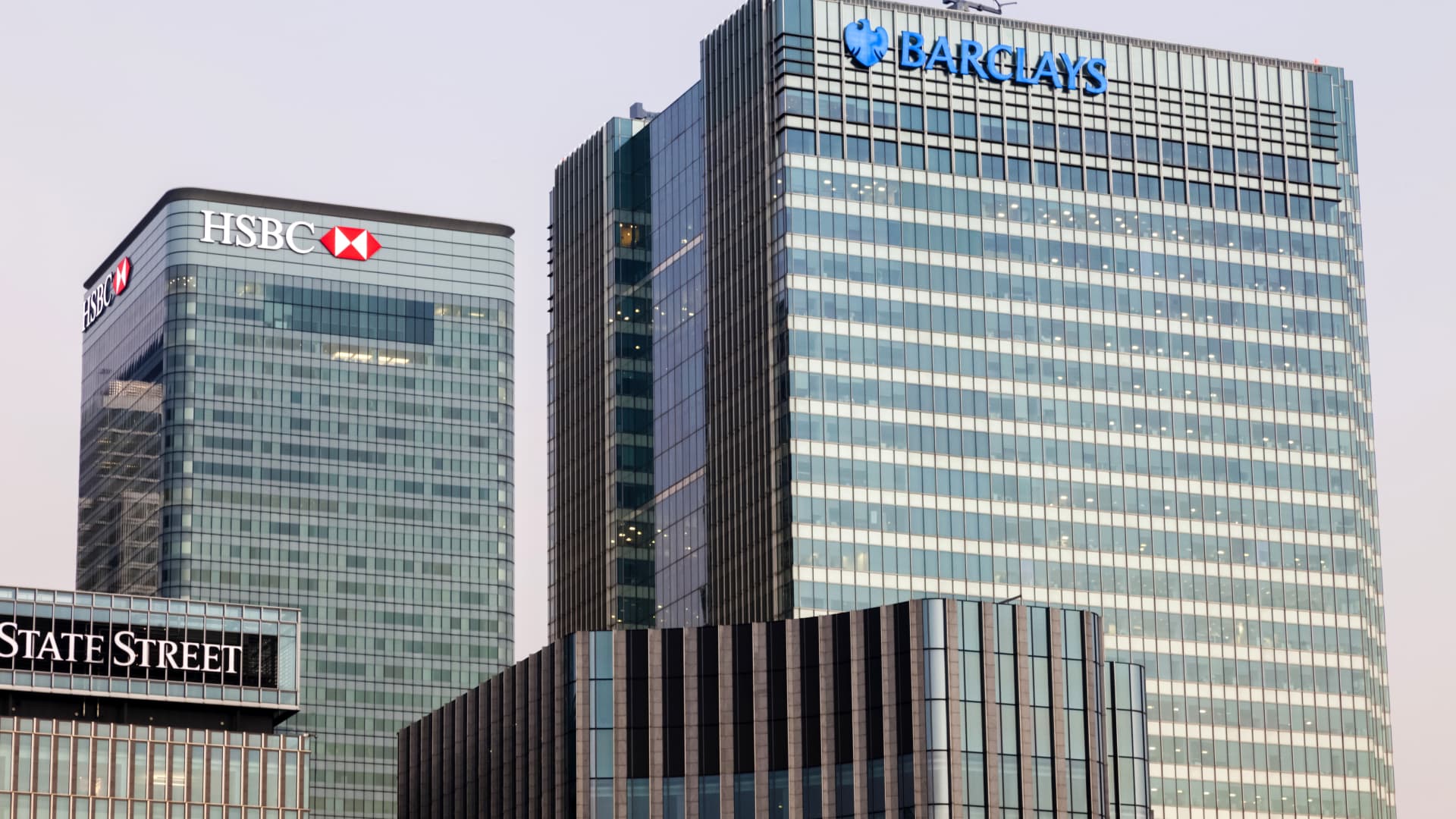Sales for the three months to the end of September stood at 3.37 billion euros ($3.60 billion), a 15.6% rise at constant exchange rates, beating a Visible Alpha consensus for 14% growth. Sales were brisk in all regions, particularly the U.S.
Analysts have cut their estimates for the luxury sector in recent weeks following a sales report from bellwether LVMH earlier this month showing shoppers are splashing out less on high-end fashion as inflation and economic uncertainty rise.
But Hermes, which caters to shoppers who can afford handbags like the coveted $10,000 plus Birkin model, has a reputation of weathering economic turbulence better than rivals.
“Despite an uncertain context, our outlook remains unchanged,” Eric du Halgouet, Hermes executive vice president finance, told journalists, noting strong growth in the U.S. and Asia, including China.
Sales in the Americas rose 20%, despite smaller price hikes than in other parts of the world, with even growth rates on both U.S. coasts, Hermes said. The Madison Avenue store in New York, which opened in October last year, also contributed strongly.
In Europe, sales grew 18.1%, with Du Halgouet noting no sign of a slowdown in tourist traffic in the region, and no slowdown in France, including in the first weeks of October. “We are attentive,” said Du Halgouet, noting an uncertain geopolitical context could affect tourism.
Store traffic continued to rise strongly in mainland China, with a strong bounceback in business in July and August, and an acceleration in the third quarter.
“This is a homogenous progression across all geographies and product categories,” said Bernstein analyst Luca Solca.
“It confirms our idea that higher exposure to quality names is the most appropriate course of action for investors in a moderating market where the sector has corrected.”
Hermes has raised prices by around 7% this year globally to account for higher production costs, with the exception of the U.S., where increases were around 3%, and Japan, where they were in the double digits due to currency fluctuations.













